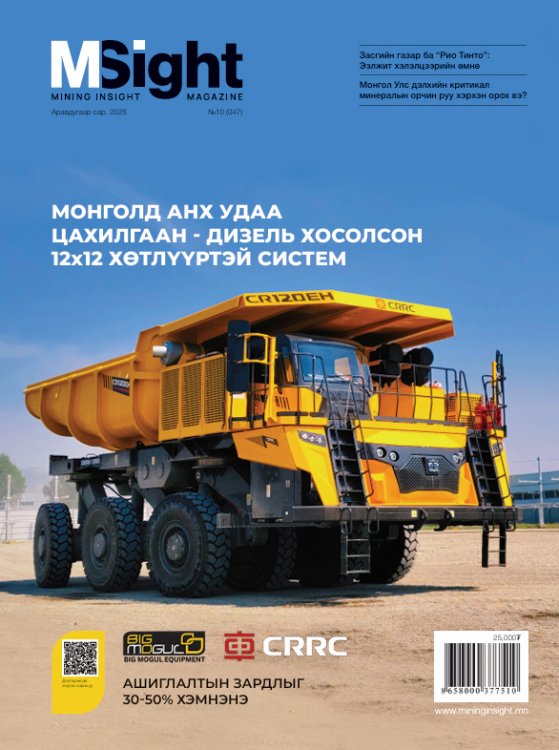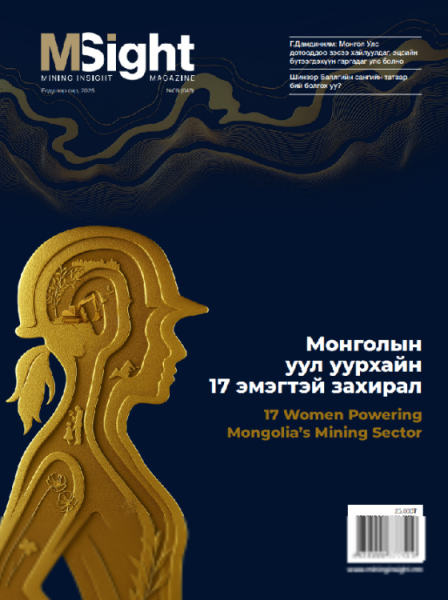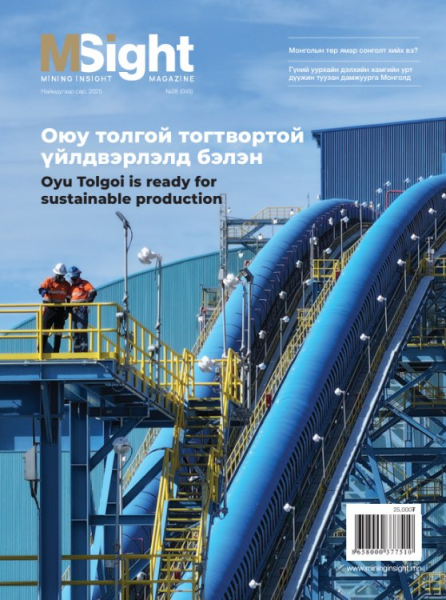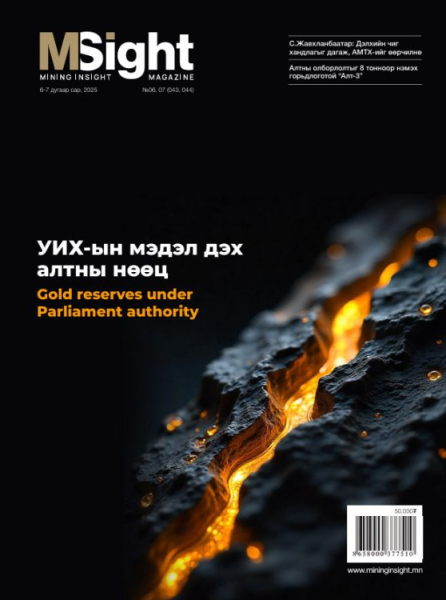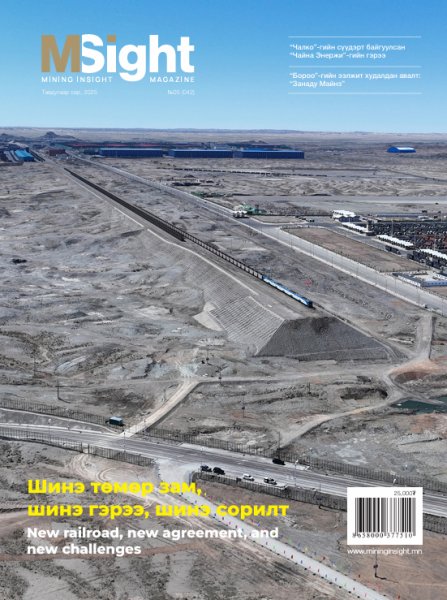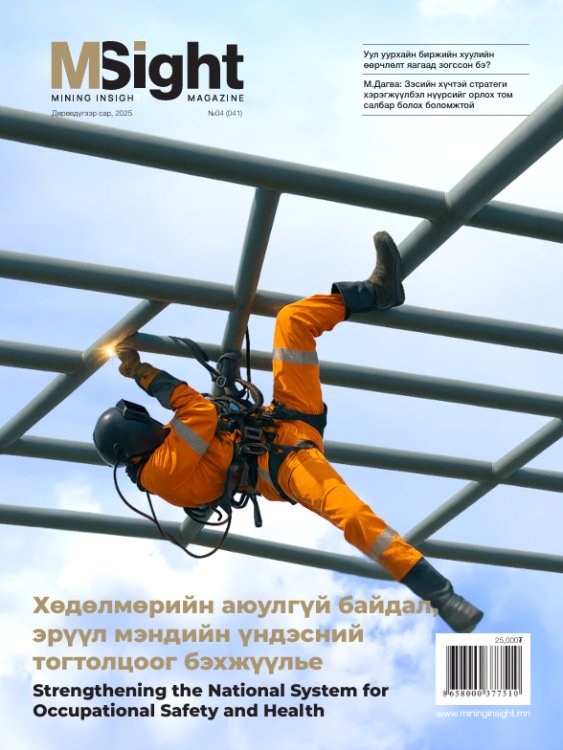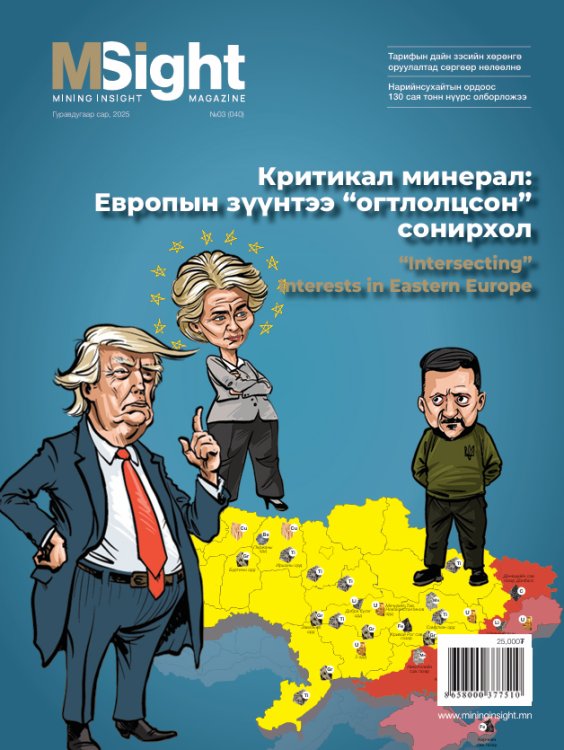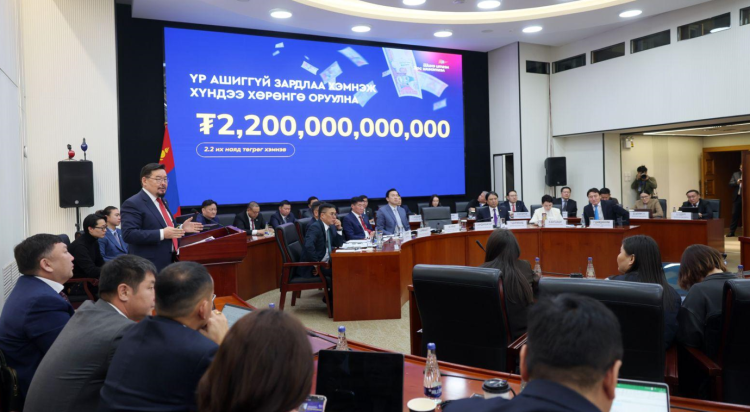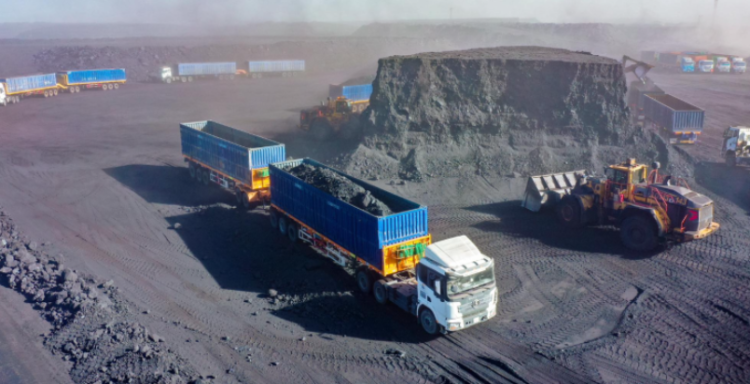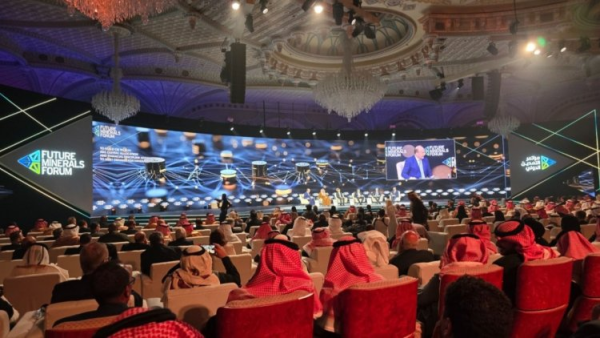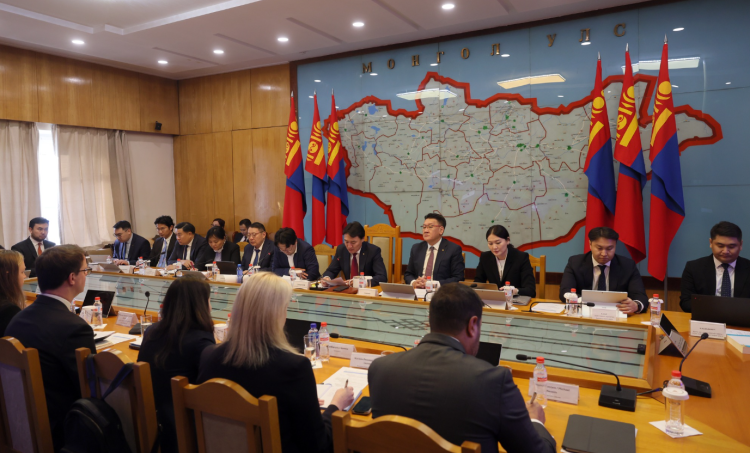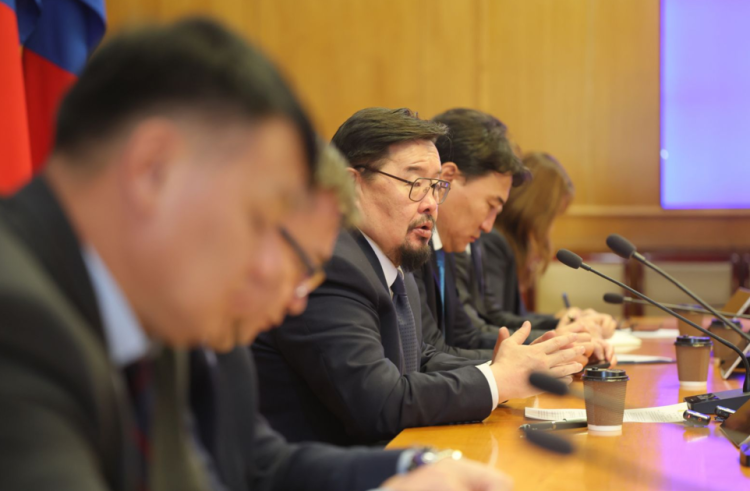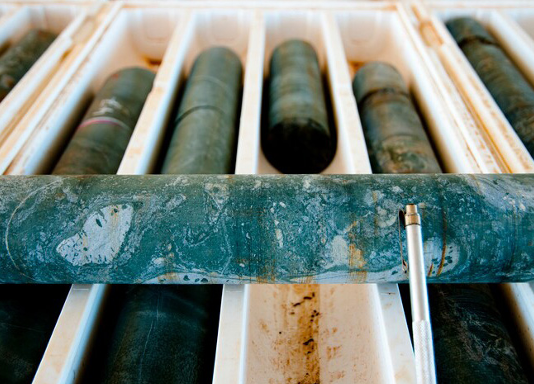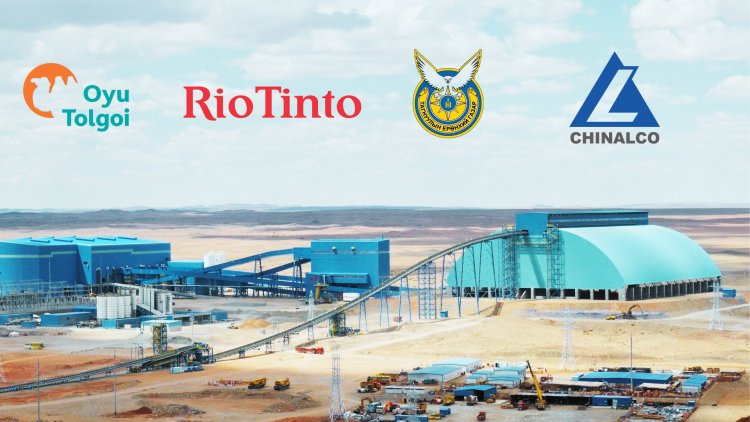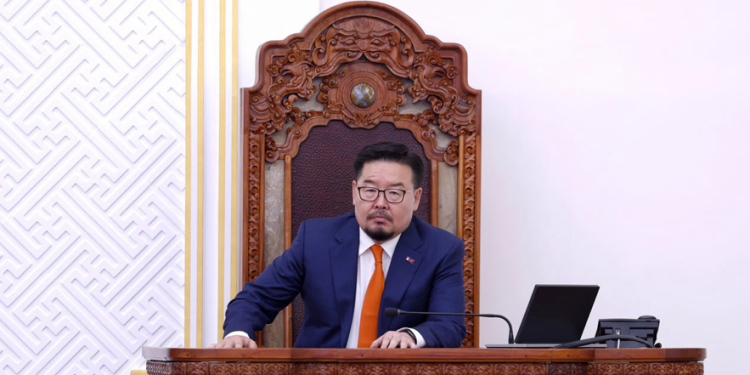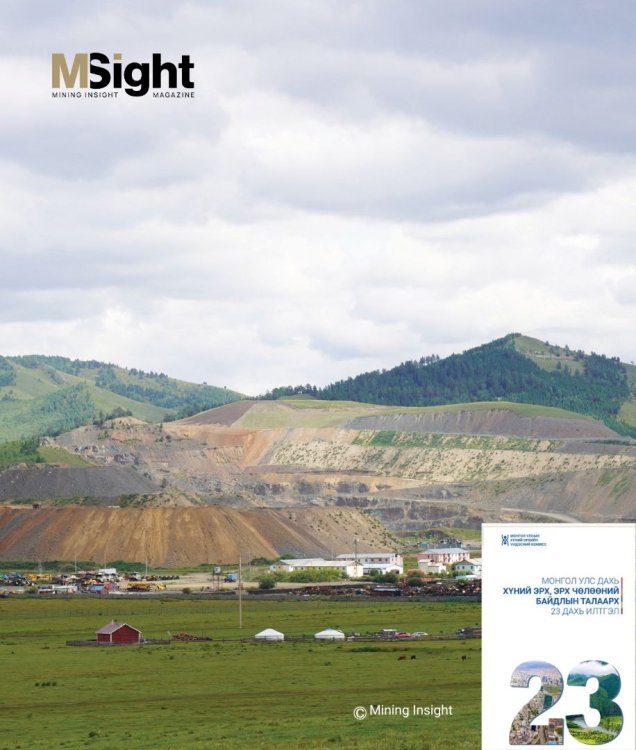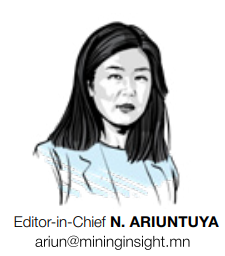
Mongolia’s current economic situation leaves the country with no option but to repeat a familiar pattern: returning to “gold” in times of crisis. A review of the history of Mongolia’s “Gold” programs reveals that each time the economy has faced hardship, gold has been seen as salvation. In those times, gold production has become a kind of “life saving injection” for the ailing economy. Mongolia has implemented three “Gold” programs in the past. If launched, the upcoming “Gold-3” campaign would mark the fourth such initiative. Since the beginning of the year, coal prices have continuously declined, and as soon as it became clear that the state budget, which had placed excessive reliance on coal, would face shortfalls, the government announced its intention to implement the “Gold-3” campaign. However, with the issuance of Government Resolution No. 211 on April 30, titled “On Certain Measures to Increase Gold Extraction,” it became evident that the campaign would be temporarily postponed. The delay of the “Gold-3” campaign is due to policy conflicts between ministries and their failure to reach consensus.
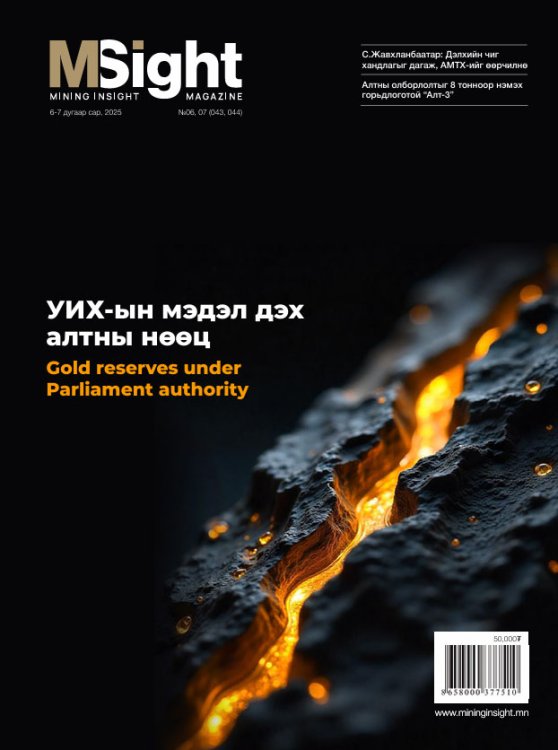 Specifically, proposals from the Ministry of Industry and Mineral Resources to remove certain areas with big reserves of hard rock gold deposits from state protection and redefine the protected zones under the so called “Long-named Law” in order to bring previously restricted gold reserves into economic circulation, and to offer favorable tax and financial conditions to gold producers, were met with resistance from the Ministry of Environment and Climate change and the Ministry of Finance, and ultimately failed to gain approval. The announcement of the “Gold-3” campaign created expectations in the market. As a result, the amount of gold sold to the Bank of Mongolia in the first half of this year dropped to nearly half of what was delivered in the same period last year. Gold prices have hit historic highs three times this year, reaching $3,332 per ounce today. International analysts predict it may surpass $3,700 by the end of 2025. Gold producers are withholding their supply, anticipating further price increases and hoping that the implementation of “Gold-3” campaign will bring tax relief and financial incentives. As soon as the Zandanshatar-led government was formed, it declared its intention to implement “Gold-3.” Just eight days after the new government took office, the Cabinet discussed launching the campaign. As an urgent issue, it is expected to be submitted to State Great Khural (Parliament) soon. Faced with the need to rapidly overcome economic challenges, earn foreign exchange, and stabilize the declining purchasing power of the tugrik, the government regrettably has no viable or immediate alternative to “Gold-3.” Therefore, its implementation seems inevitable-but how it is implemented is what truly demands attention. However, whether the “Gold-3” campaign will be implemented does not depend on the Government but on the decision of the Parliament. Specifically, there is now an urgent need to reconsider the fate of major gold deposits that are currently protected by law. Parliament faces the challenge of revisiting its previous prohibitive decisions and reforming policy in line with current conditions. If legislators fail to show the political will to make such policy-level decisions, the “Gold-3” campaign risks becoming a short-lived populist campaign with a mere slogan.
Specifically, proposals from the Ministry of Industry and Mineral Resources to remove certain areas with big reserves of hard rock gold deposits from state protection and redefine the protected zones under the so called “Long-named Law” in order to bring previously restricted gold reserves into economic circulation, and to offer favorable tax and financial conditions to gold producers, were met with resistance from the Ministry of Environment and Climate change and the Ministry of Finance, and ultimately failed to gain approval. The announcement of the “Gold-3” campaign created expectations in the market. As a result, the amount of gold sold to the Bank of Mongolia in the first half of this year dropped to nearly half of what was delivered in the same period last year. Gold prices have hit historic highs three times this year, reaching $3,332 per ounce today. International analysts predict it may surpass $3,700 by the end of 2025. Gold producers are withholding their supply, anticipating further price increases and hoping that the implementation of “Gold-3” campaign will bring tax relief and financial incentives. As soon as the Zandanshatar-led government was formed, it declared its intention to implement “Gold-3.” Just eight days after the new government took office, the Cabinet discussed launching the campaign. As an urgent issue, it is expected to be submitted to State Great Khural (Parliament) soon. Faced with the need to rapidly overcome economic challenges, earn foreign exchange, and stabilize the declining purchasing power of the tugrik, the government regrettably has no viable or immediate alternative to “Gold-3.” Therefore, its implementation seems inevitable-but how it is implemented is what truly demands attention. However, whether the “Gold-3” campaign will be implemented does not depend on the Government but on the decision of the Parliament. Specifically, there is now an urgent need to reconsider the fate of major gold deposits that are currently protected by law. Parliament faces the challenge of revisiting its previous prohibitive decisions and reforming policy in line with current conditions. If legislators fail to show the political will to make such policy-level decisions, the “Gold-3” campaign risks becoming a short-lived populist campaign with a mere slogan.
On the other hand, the “Gold-3” must not be limited to investment, taxation, and financial support. It should also include new policy mechanisms aimed at curbing illegal mining and eliminating legal loopholes that give rise to violations. This is because, today illegal mining is most active in areas where mining is prohibited by law. As noted by S. Gan-Ochir, Director of the Exploration and Mining Department at the Mineral Resources and Petroleum Authority, in an interview: “The gold reserves prohibited by law have, in fact, come under the control of illegal miners.” This is a serious warning that a distorted system is emerging. The previous “Gold” programs have brought many valuable lessons. In this issue, “Mining Insight” highlights the need for stable and consistent policy environment for the gold sector, rather than repeatedly announcing campaigns that are forgotten when coal revenues are high. “Gold-3” now stands at a “historic moment to properly develop the gold sector” by learning from the past, correcting longstanding distortions and addressing accumulated challenges, instead of merely increasing extraction. This new issue explores in depth these, underlying policies, challenges, and possible solutions. Mining Insight magazine editorial office would like to express our deep gratitude to the Mineral Resources and Petroleum Authority and the National Geological Survey for their support and collaboration in the preparation of the special section content.



